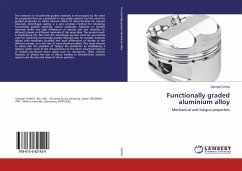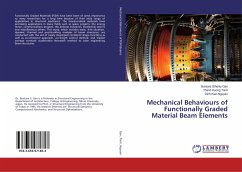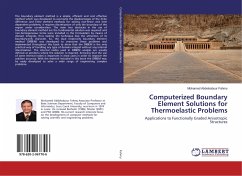This book provides a comprehensive introduction to the analysis of functionally graded materials and structures. Functionally graded materials (FGMs), in which the volume fractions of two or more constituent materials are designed to vary continuously as a function of position along certain direction(s), have been developed and studied over the past three decades. The major advantage of FGMs is that no distinct internal boundaries exist, and failures from interfacial stress concentrations developed in conventional components can be avoided. The gradual change of material properties can be tailored to different applications and working environments. As these materials' range of application expands, new methodologies have to be developed to characterize them, and to design and analyze structural components made of them.
Despite a number of existing papers on the analysis of functionally graded materials and structures, there is no single book that is devoted entirely to the analysis of functionally graded beams, plates and shells using different methods, e.g.,analytical or semi-analytical methods.
Filling this gap in the literature, the book offers a valuable reference resource for senior undergraduates, graduate students, researchers, and engineers in this field. The results presented here can be used as a benchmark for checking the validity and accuracy of other numerical solutions. They can also be used directly in the design of functionally graded materials and structures.
Despite a number of existing papers on the analysis of functionally graded materials and structures, there is no single book that is devoted entirely to the analysis of functionally graded beams, plates and shells using different methods, e.g.,analytical or semi-analytical methods.
Filling this gap in the literature, the book offers a valuable reference resource for senior undergraduates, graduate students, researchers, and engineers in this field. The results presented here can be used as a benchmark for checking the validity and accuracy of other numerical solutions. They can also be used directly in the design of functionally graded materials and structures.








